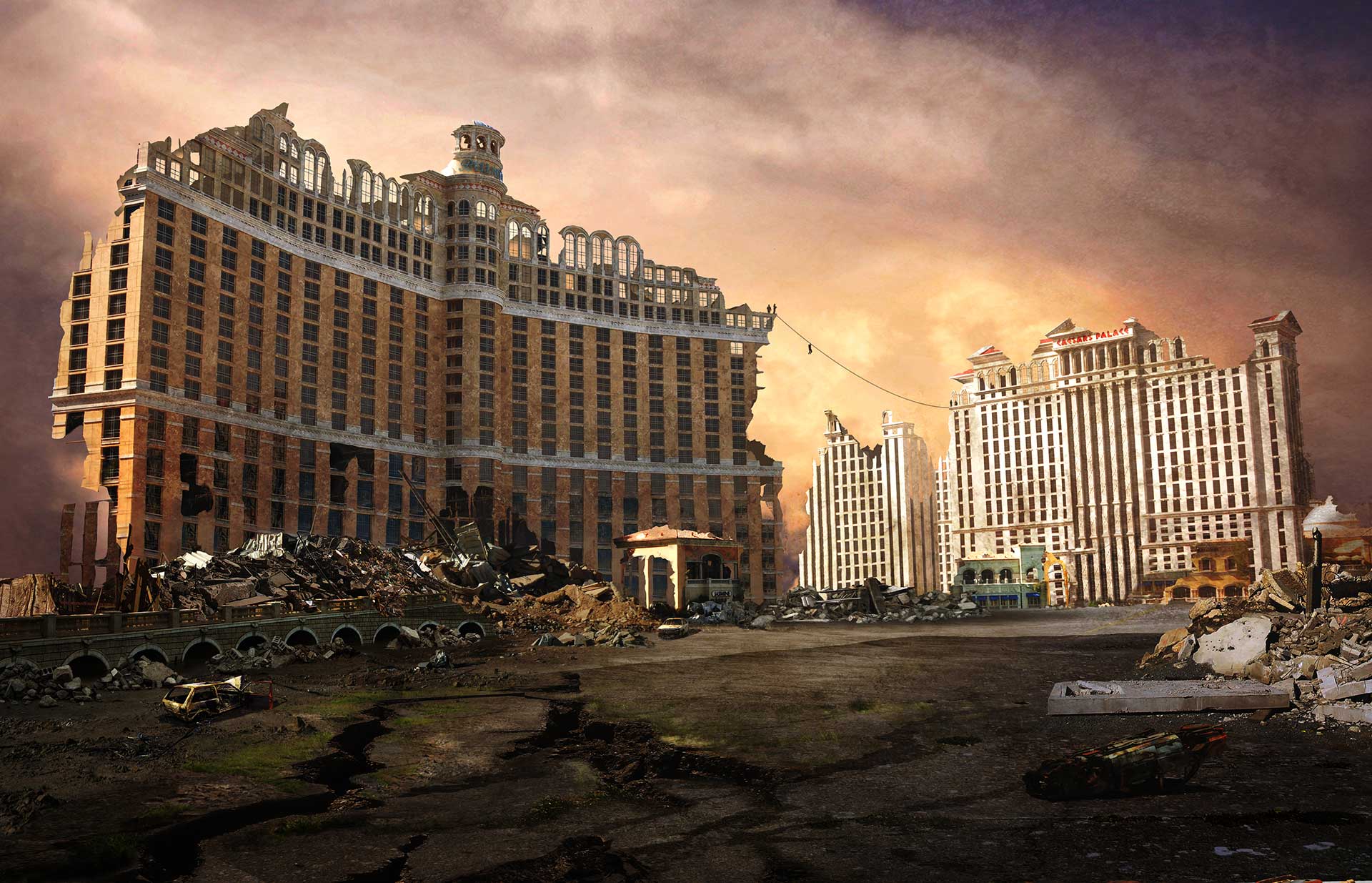Logos are governed by trademark law (not copyright) and ownership is dictated by the first to use the mark, not the first to file, so go for it. (I worked 15 yrs as an entertainment lawyer.) Cheers! Madam Counselor, at your service ?
— Alex Bird Tillson (she/her) ? (@alextillson) September 15, 2018
Madam Counselor: Using Trademarks in Titles
Dearest Admirers,
On a recent evening while touching up my pedicure with the help of a holiday hot toddy—lo and behold!—a visitor to my site wrote in with a question. Shoving aside my hot toddy (without spilling any), I decided my toes could wait. It was late, the weather was unpleasantly cold (for Florida), but somebody out there needed me.
Stretching my fingers wide to ready them for typing, I shrugged back my shoulders and dove right in:
Hi Alex,
My editor referred me to your Twitter page, which led me here. My question is regarding the use of a copyright name in a title.
I, like most writers, use trademarked names throughout my novels. My protagonist loves Honey Nut Cheerios, his sister drinks Rolling Rock Beer, etc. In my upcoming novel, however, I want something different. I want to use a product name in the title. In this case, it’s Buick.
Is it necessary to get permission from Chrysler to use the Buick name in the title of fiction work?
Thank you.
Now, we all know the basic logic behind trademarks: it’s the recognizable brand of a product or service, the owner of which may pursue legal action for its infringement by a third party. Said legal action can take the form of a cease and desist letter, an injunction, and/or a lawsuit for money damages. There are a lot of facets to defending a claim of trademark infringement, but this dear reader was not asking whether a lawsuit could be won or not. The question was simply: “Will I get into trouble?” And in the case of a writer, “trouble” is defined by having to change the title of the book after it’s been released.
So, that requires Madam Counselor to dispense a different version of wisdom than the question of whether one could win a lawsuit:
The answer to whether you can get away with using a trademark in your title is going to depend on the context of the use and whether a secondary meaning can be ascribed to the term. For example, “Murder at Cadillac Ranch” wouldn’t be an issue because Cadillac Ranch is a place. “The Murder in my Cadillac” however might get you a cease and desist letter, even if you had a defensible claim for your use because big companies get cranky when they’ve paid a lot of money to build up a brand and then someone tries to capitalize on that recognizability and tag it with something unsavory, like death.
I’m guessing the threshold you are shooting for here is to avoid getting the cease and desist letter in the first place, and not whether you could win the case if sued, which means there’s a certain matter of practicality to be factored in to the decision aside from a purely legal analysis since cranky plaintiffs with a lot of money don’t have to be right to sue.
PS – If you’d like to share the title you are considering, I can give you a gut check on what I think (but I won’t post it on the site).
My dear reader wrote back as follows:
Thank you for the quick response, Alex. It is for a murder mystery. The title I’m hoping to use is
A Body in a Buick
I found a request form on Chrysler’s website, but it seemed like it was for much bigger projects, such as films and such, so I was hoping I could avoid it. Your response makes it sounds like I will need to get permission first, but I’m hoping you tell me otherwise.
Well, I had to be honest. I slugged back another sip of my hot toddy and broke the bad news:
Shoot. Gotta tell you, that didn’t pass my gut check. I think you’d be inviting unwelcome attention from Chrysler’s in-house lawyers if they found your title during one of their routine IP checks on the Internet. An unhappy letter at the least. You could try asking permission, but I don’t think it’s likely you’ll get it. Frustrating, I know. And, yes, it would be a different story if James Patterson wanted to put out a novel with the exact same title—Chrysler would be all over helping to promote the book then. Sorry, I do wish I could give you the answer you wanted!
My gracious reader wrote back quickly, and I was relieved to know I’d managed to help him, without obliterating his dream:
Thank you, Alex.
You didn’t give me the answer I wanted, but you gave me the answer I expected. Since I’m not going to use it, feel free to post the title on your website if you’d like.
All in a day’s work for this dainty Internet superhero, my friend. And now, with my work done, I picked up my little bottle of nail enamel and finished painting my toes “Coca-Cola Red®.”
Yours in law,
Madam Counselor™


Recent Comments